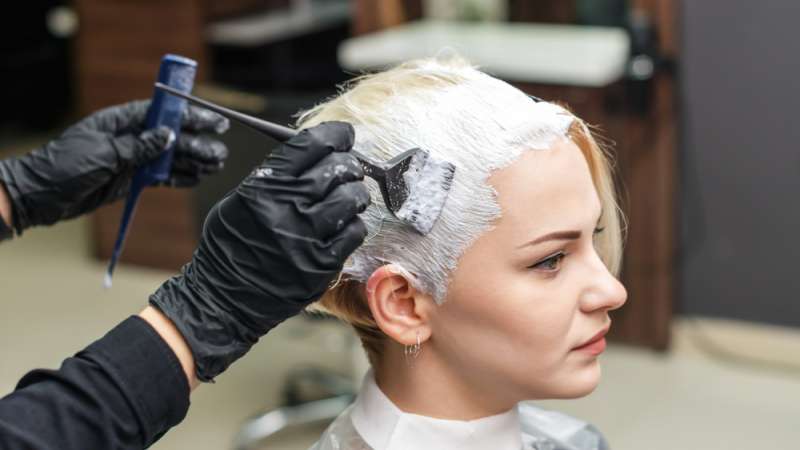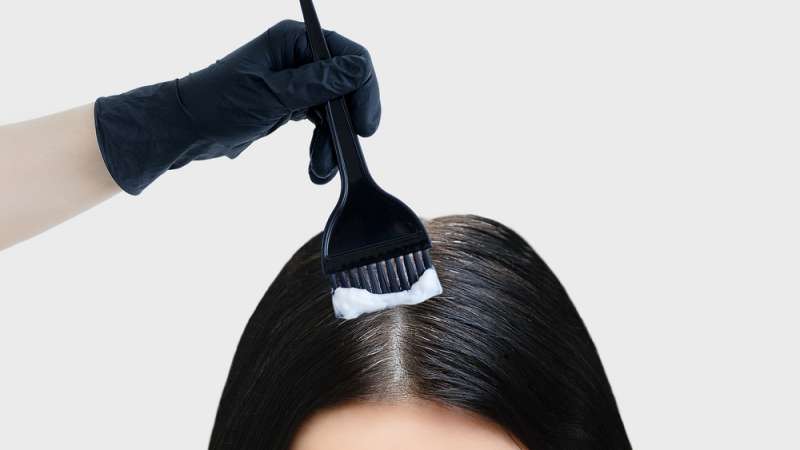When you become a mom, everything you used to do on a regular basis now creates all kinds of doubts and concerns. This is reasonable since you are a newbie when it comes to this call.
“Can I dye my hair while breastfeeding?” might be a question you’re asking yourself.
Fortunately, changing your hair color while breastfeeding is completely safe both for you and your baby. It’s also a great way to enhance your look, so don’t hesitate!
However, regardless of whether you are pregnant or nursing, you need to pay close attention to the quality of the items that you use on your skin and scalp if you don’t want any side effects appearing.
If you’re interested in learning more, keep on reading and we’re going to walk you through every detail related to this topic!

Is It Safe to Dye Your Hair While Breastfeeding?
When we are expecting a child or nursing an infant, we need to be cautious about what kinds of chemicals enter our bodies.
Since hair is just another component of our system, every potentially harmful chemical can potentially disrupt the development of the baby.
Luckily, the dyes that are often used nowadays are made up of a variety of compounds that, in the vast majority of situations, aren’t harmful to either the mother or the baby.
That’s because the quantity of chemicals that get to the mother’s bloodstream via the scalp is not large enough to represent harm to the baby, and because there is no chance that your child could obtain these chemicals through breast milk.
Anyways, you may get advice from a pediatrician whenever you are unsure about whether or not you should use a certain substance out of concern that it might get into your milk.

Precautions for Hair Coloring While Nursing
Although it is possible to color your hair while nursing, some measures should be taken to maintain the highest possible level of safety for both you and your child.
Check Your Skin’s Condition
As we previously stated, the toxins that enter the bloodstream via the scalp can’t affect you or your child. However, if the skin is damaged in any way, for example by scratches or sores, the blood is more likely to get contaminated with toxic substances.
So, before you color your hair, you should check the condition of your scalp to ensure that it will not react negatively to the dye.
Avoid Direct Contact With the Baby While Applying the Dye
Dyeing one’s hair while nursing presents several challenges, the most significant of which is that the aroma of the chemicals used in the process will be transmitted to the infant.
If you decide to color your hair at home, keep the baby away from you throughout the coloring process, and afterward, give your hair a thorough wash to ensure that no dye compounds are left behind on the scalp.
In addition to this, you should ensure that the room is sufficiently spacious and that it has adequate ventilation to prevent the gases from remaining in the room and the infant from inhaling them.
Don’t Bring Your Child to the Hair Salon
Since so many chemical agents are utilized during the coloring process at the hair salon, it is strongly recommended that you do not bring your infant along if you plan on getting your hair dyed there.
Do a Sensitivity Test
As nursing is associated with the kind of hormonal shifts that can cause allergic reactions, beauticians always advise their clients to perform a sensitivity test on a small section of the scalp before using any hair product.
This is because allergic reactions are more likely to take place in the first few months after giving birth.
To determine whether or not the hair dye will work well, all you need to do is test a tiny bit of it on a single strand of hair and a separate area of the scalp.
Permanent hair colors may increase your chance of developing an allergy to hair dye because they may include paraphenylenediamine (PPD), an ingredient that is known to trigger allergic reactions in certain people.
Itching, redness, and irritation of the skin are classic signs that an allergic response has taken place.
Keep an Eye Out for Compounds That Might Be Dangerous
Whether you color your locks at home or in a salon, be sure to inspect the dye’s ingredients.
Permanent hair colors are more likely to contain potentially toxic substances like hydrochloric acid and hydrogen peroxide than other types of hair dyes.
The following are some of the likely hazardous chemicals that may be present in various dyes:
- Ammonia
- Phenylenediamines
- Alcohol and its derivatives
- Silver
- Amino acids with aromatic properties
- Arsenic
- Naphthylamine
- Pyrogallol
Pick Temporary Hair Dyes
Temporary hair dyes do not penetrate the hair shaft and instead remain on the surface of the hair where they are applied. They could be less harmful than permanent and semi-permanent hair colors, which penetrate the cuticle of the hair and make their way into the circulatory system.
Related: How to Remove Semi-Permanent Hair Dye: Get Temporary Hair Dye Out
Choose Softer Hair Colors
Darker hues may have a higher concentration of potentially dangerous coloring chemicals and other color-fixing substances.
You have the option of selecting hair dye tones that are lighter or softer, either of which may include a lower quantity of ingredients that reach the blood circulation.
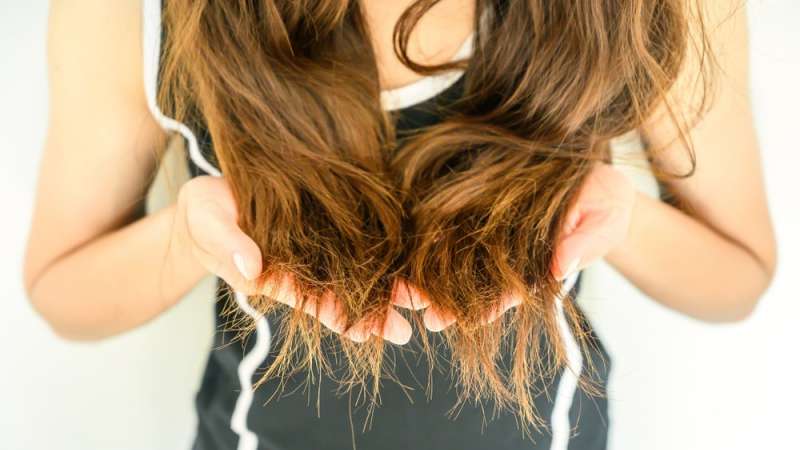
Hair Dyeing While Nursing – Potential Side Effects
The below-listed side effects of hair coloring are not harmful to nursing and your baby, but you should be aware of them in case they occur.
- Itchiness
- Skin redness
- Dry hair
- Split ends
- Gray hair
- Slow hair growth
The negative effects may be different depending on the brand and shade of hair dye that you use. Permanent hair colors are more likely to cause unwanted adverse reactions than semi-permanent or temporary hair dyes.
It’s because temporary hair tints are designed to be washed out with only a few washes, while permanent hair dyes are intended to last for several months or even more!
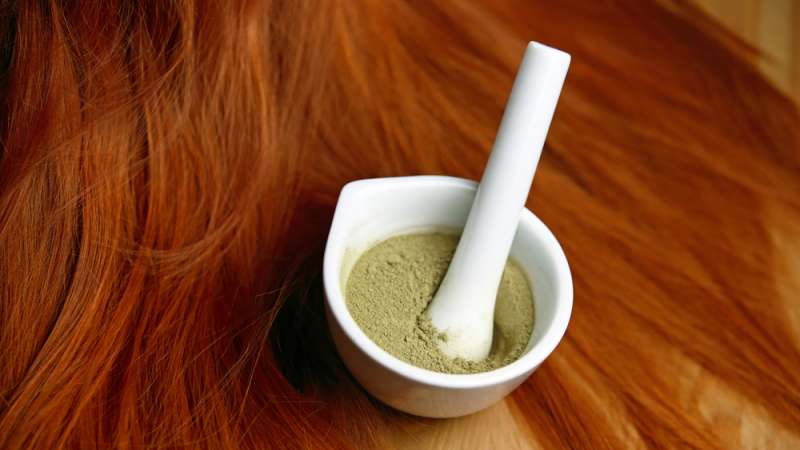
What Are the Alternatives?
If you are considering dying your hair while breastfeeding, one of the alternatives that you should consider is doing a soft color sweep or highlights that are the same hue as your locks to hide gray hair without fully coloring your hair.
There are additional options available to you if you are still worried that using hair color may harm your child.
But, also bear in mind that some of the so-called “natural” colors behave like vegetable dyes but are made with dangerous synthetics.
These stay disguised behind more beneficial substances, including fruits, oils, or herbs. Yet, the presence of poisonous elements hasn’t been eliminated.
Therefore, be careful with the dye’s composition, and use only those natural dyes that are made up entirely of vegetables. Consider the following options:
Sage
Since sage has a great deal of astringent and rejuvenating characteristics, it is an ideal treatment for covering gray hair. It also helps to restart the flow of melanin, which returns the hair to its original tone and gives it a healthier appearance.
Coffee Extracts
Did you know that you could use coffee extracts to get a deep brown hair color? Here’s what you need to do to get a deep brown hair color:
- Make a coffee brew using ground roasted beans (rather than instant coffee) and hot water.
- After straining the liquid, let it cool down. To nourish the hair and maybe increase the color’s intensity, you might try adding one tbsp of green tea to the mixture.
- Combine the coffee solution with a leave-in hair conditioner before applying it to your hair.
- Once you have finished shampooing and conditioning your hair, apply this treatment and let it sit for one hour before rinsing it off.
Cocoa Powder
Cocoa can be used for natural chocolate reflections, and it could also help you disguise the appearance of gray hair. Unfortunately, the results won’t be seen until a much longer period.
The mixture you should apply to dry hair should include cocoa powder and honey.
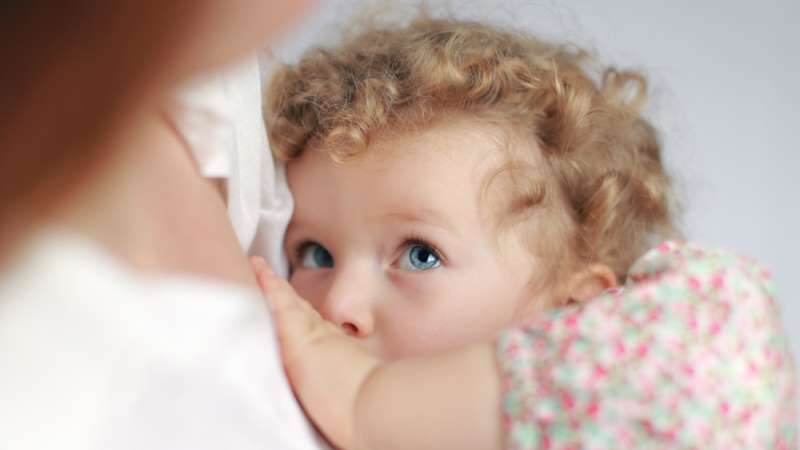
Can I Dye My Hair While Breastfeeding – Conclusion
Let’s conclude this topic – “Can I Dye My Hair While Breastfeeding?”
While it’s understandable that you are cautious while breastfeeding, there is no need to avoid coloring your hair.
Yet, you should make sure the hair dye you’re applying does not contain any potentially dangerous ingredients like ammonia, silver, alcohol, or amino acids with aromatic properties.
Even while trace quantities of coloring chemicals might reach the breast milk, probably neither mother nor the infant would be adversely affected by them.
It is recommended that you use temporary hair colors instead of permanent ones since temporary dyes could not penetrate the hair shafts. You might also try natural hair colorings like vegetable dyes made from coffee extract or sage.

